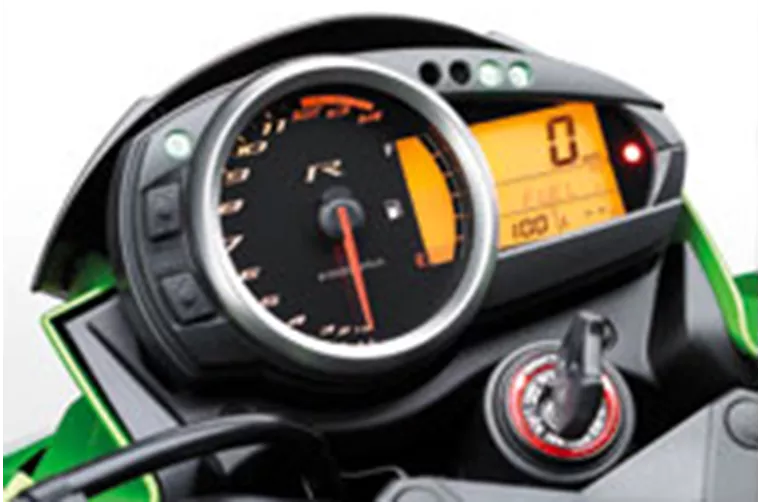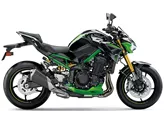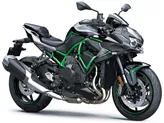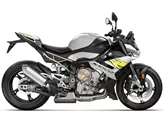Kawasaki Z 750R 2012 vs. Kawasaki Z1000 2009

Kawasaki Z 750R 2012

Kawasaki Z1000 2009
Vue d’ensemble - Kawasaki Z 750R 2012 vs Kawasaki Z1000 2009
The Kawasaki Z 750R model year 2012 and the Kawasaki Z1000 model year 2009 are both naked bikes with similar engine types, cooling systems, and cylinder configurations. However, there are several notable differences between the two models.
In terms of engine power, the Kawasaki Z 750R 2012 has 106 HP, while the Kawasaki Z1000 2009 boasts a higher power output of 125 HP. This means that the Z1000 has a more powerful engine and is likely to offer a more exhilarating riding experience.
When it comes to torque, the Kawasaki Z 750R 2012 has 78 Nm, whereas the Z1000 2009 has a higher torque of 98.7 Nm. This means that the Z1000 has more torque available, which can result in better acceleration and overall performance.
Both bikes have a liquid cooling system, which helps to regulate engine temperature and prevent overheating. This is important for maintaining optimal performance and reliability.

Kawasaki Z 750R 2012
In terms of displacement, the Kawasaki Z 750R 2012 has a smaller engine with a displacement of 748 ccm, while the Z1000 2009 has a larger engine with a displacement of 953 ccm. The larger displacement of the Z1000 indicates that it has a bigger engine, which can contribute to its higher power output.
In terms of chassis, both bikes have a steel frame, but the Z750R 2012 has a twin tube frame, while the Z1000 2009 has a central tube frame. The choice of frame design can affect the bike's handling and stability, with the twin tube frame potentially offering better stability.
Both bikes have double disk brakes at the front, but the Z750R 2012 has radial and petal technology, while the Z1000 2009 has petal technology. The use of radial technology in the Z750R can provide improved braking performance and control.

Kawasaki Z1000 2009
In terms of dimensions and weights, both bikes have 17-inch front and rear tire diameters. The wheelbase of the Z750R 2012 is 1440 mm, while the Z1000 2009 has a slightly longer wheelbase of 1445 mm. The seat height of the Z750R 2012 is 835 mm, while the Z1000 2009 has a lower seat height of 820 mm. The kerb weight of the Z750R 2012 is 227 kg, while the Z1000 2009 is slightly heavier at 228 kg. Both bikes have the same fuel tank capacity of 18.5 liters.
In terms of strengths, the Z750R 2012 is praised for its well-designed appearance, stable chassis, footrests that offer perfect support, and efficient frame cover. On the other hand, the Z1000 2009 is commended for its relatively high power output, powerful appearance, comfortable ride, optimal chassis, and acceptable price.
As for weaknesses, the Z750R 2012 is criticized for not having undergone clean engine tuning with a power commander. On the other hand, the Z1000 2009 is noted to have an uncontrollable instrument unit and partial manual force present.
In conclusion, the Kawasaki Z 750R 2012 and the Kawasaki Z1000 2009 are both solid naked bikes with their own unique strengths and weaknesses. The Z1000 offers more power and a comfortable ride, while the Z750R has a well-designed appearance and stable chassis. Ultimately, the choice between the two models will depend on the rider's preferences and priorities.
Caractéristiques techniques Kawasaki Z 750R 2012 par rapport à Kawasaki Z1000 2009
Avantages et inconvénients en comparaison
Avantages et inconvénients en comparaison
Kawasaki Z 750R 2012
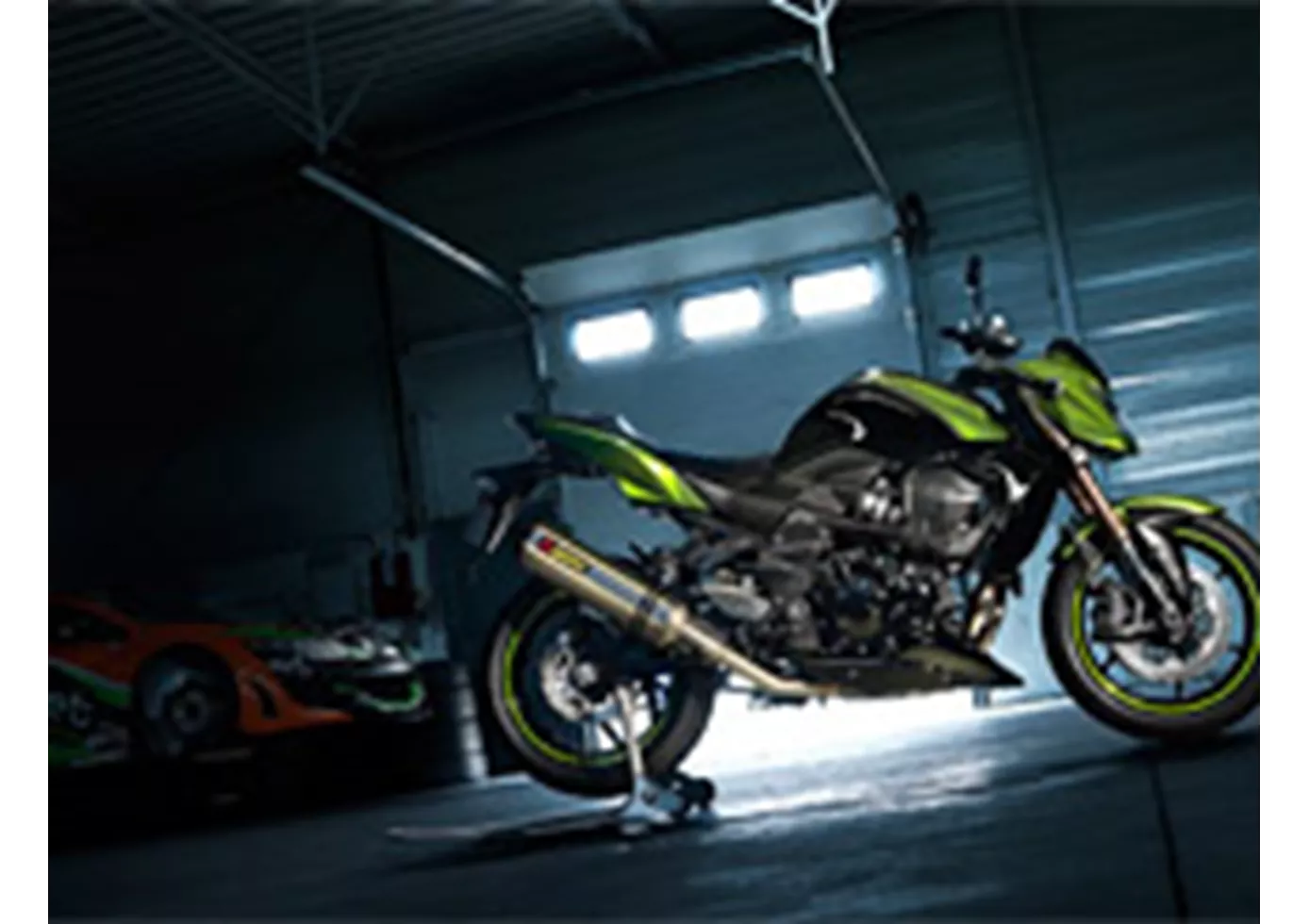
Dans l'ensemble, le réglage a été très fin et précis. On obtient pour son argent, avec un rapport qualité/prix optimal, une très bonne moto naked, facile à piloter et capable de réaliser des tours de piste très rapides. Si l'on démonte les pièces après quelques années, il est très facile de vendre le véhicule sur le marché de l'occasion - la Z750 R est très appréciée.
Kawasaki Z1000 2009
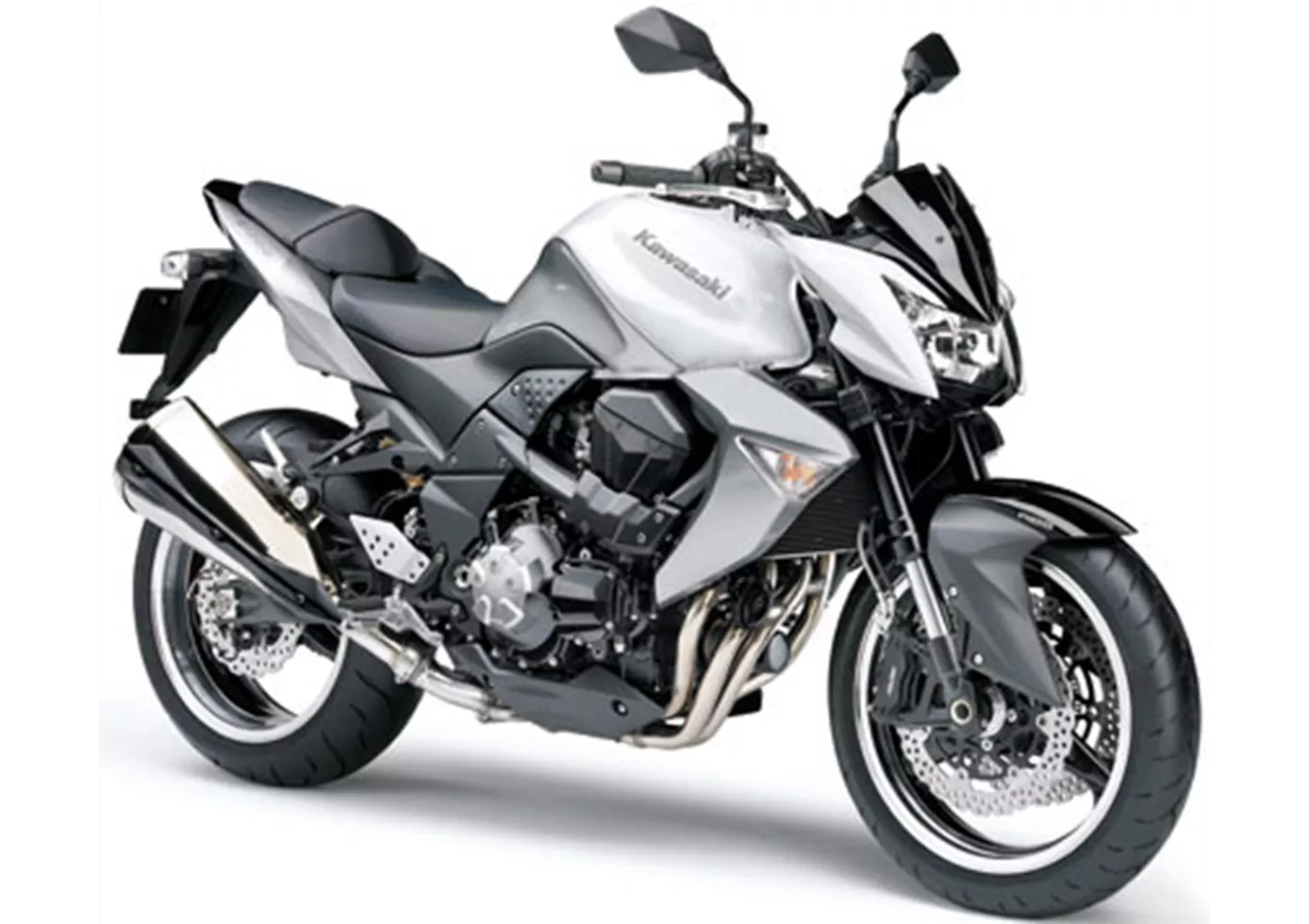
Kawasaki a bien fait de repenser et de reconstruire la Z1000 de fond en comble. Elle a été dotée d'une âme sombre, dont les racines plongent dans le (dé)bon vieux temps, mais elle semble plus authentique et plus cohérente grâce à son développement autonome. Kawa a su se montrer à la hauteur de ses ambitions et des souhaits de ses clients. Dans l'ensemble, un produit audacieux pour des pilotes audacieux.
Comparaison des prix Prix moyen du marché Kawasaki Z 750R vs Kawasaki Z1000
There are a few key differences between a Kawasaki Z 750R 2012 and a Kawasaki Z1000 2009. In terms of price, the actual average price of a Kawasaki Z 750R 2012 is about 5% higher. Compared to Kawasaki Z1000 2009 there are less Kawasaki Z 750R 2012 bikes available on the 1000PS.de Marketplace, specifically 5 compared to 10. It takes less time to sell a Kawasaki Z1000 with 63 days compared to 69 days for the Kawasaki Z 750R. Since model year 2011 1000PS.de editors have written 7 reviews for the Kawasaki Z 750R and 41 reviews for the Kawasaki Z1000 since model year 2005. The first review for the Kawasaki Z 750R was published on 9/14/2010 and now has more than 17,800 views. This compares to more than 5,800 views for the first review on Kawasaki Z1000 published on 9/2/2002.
